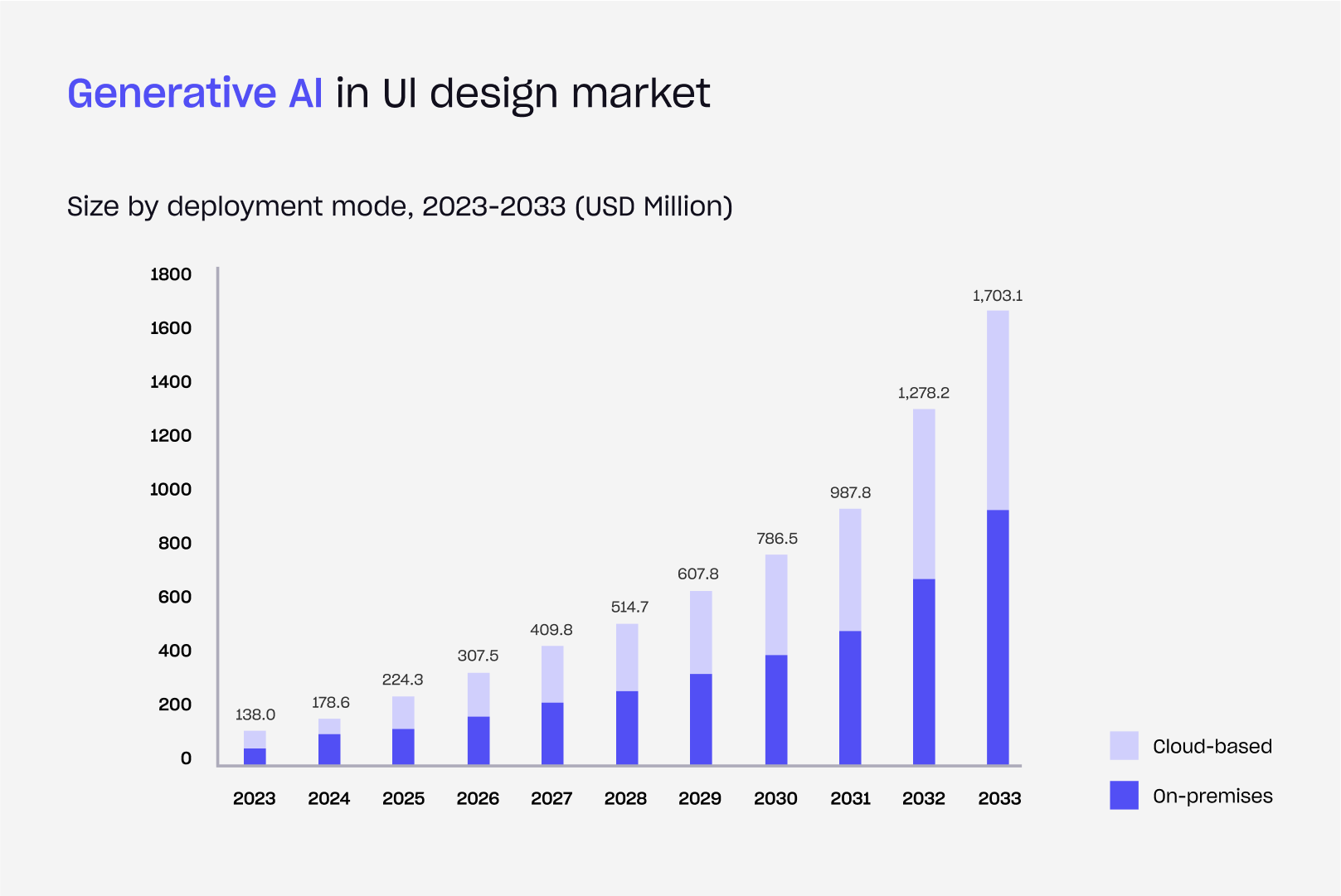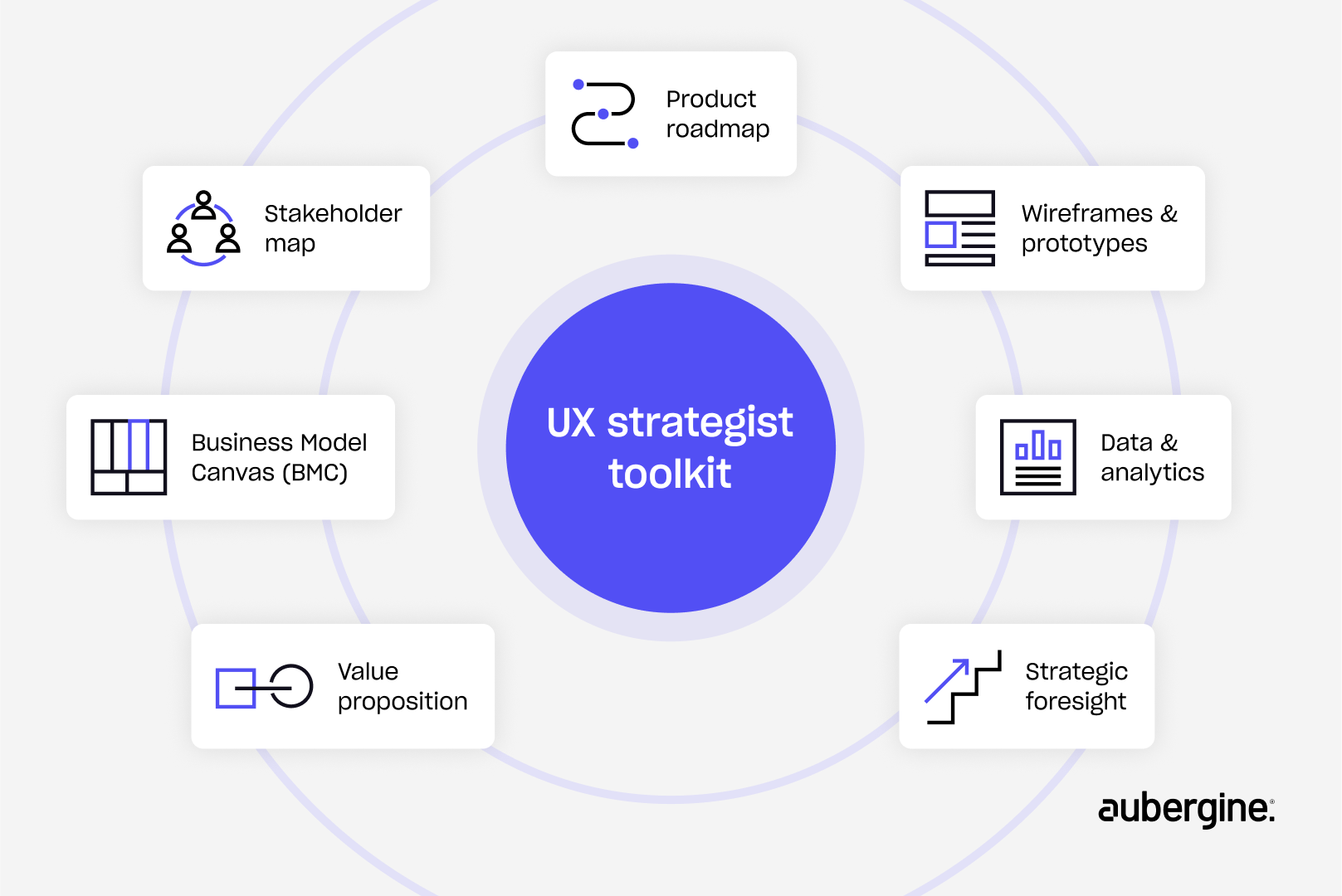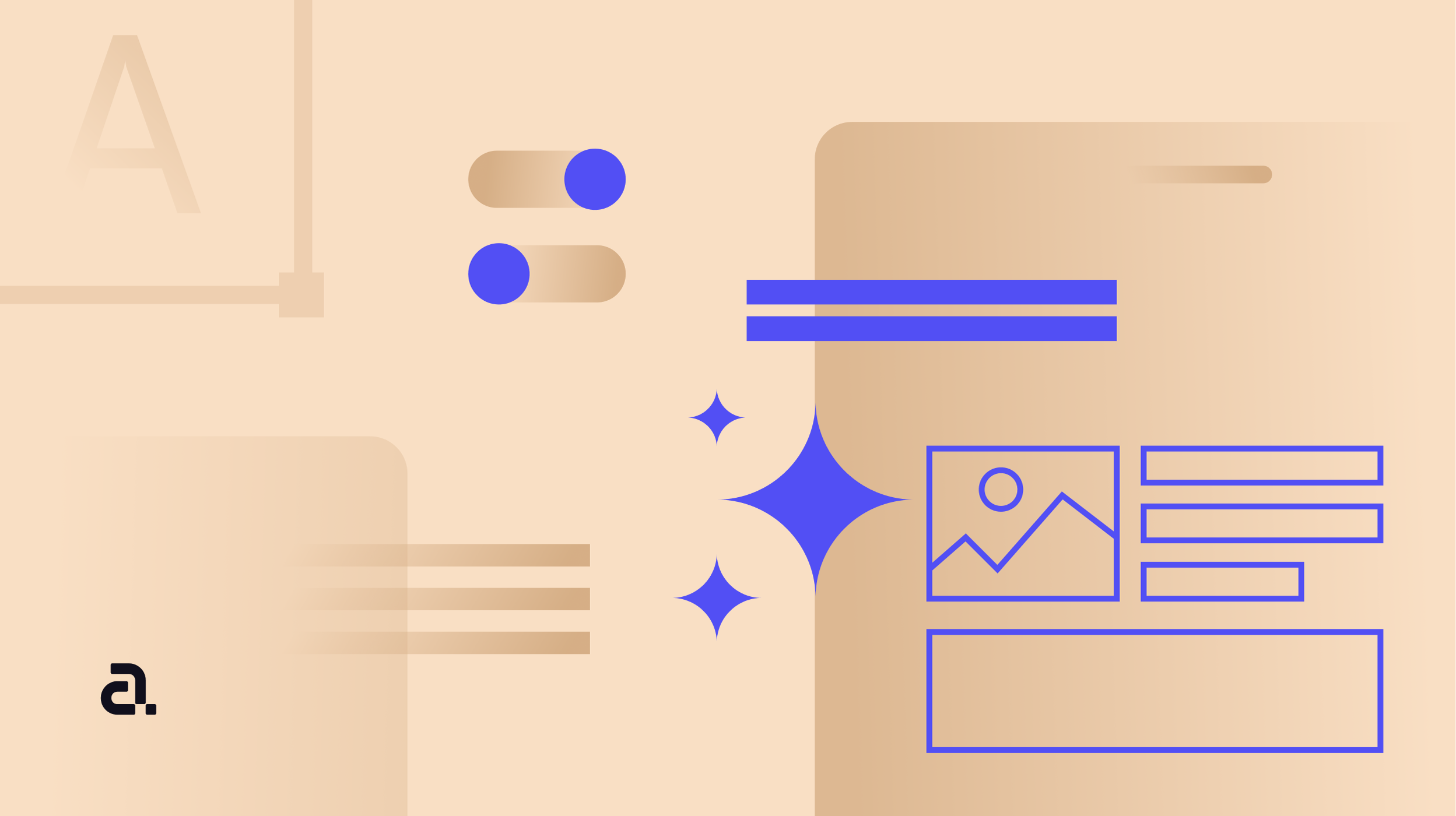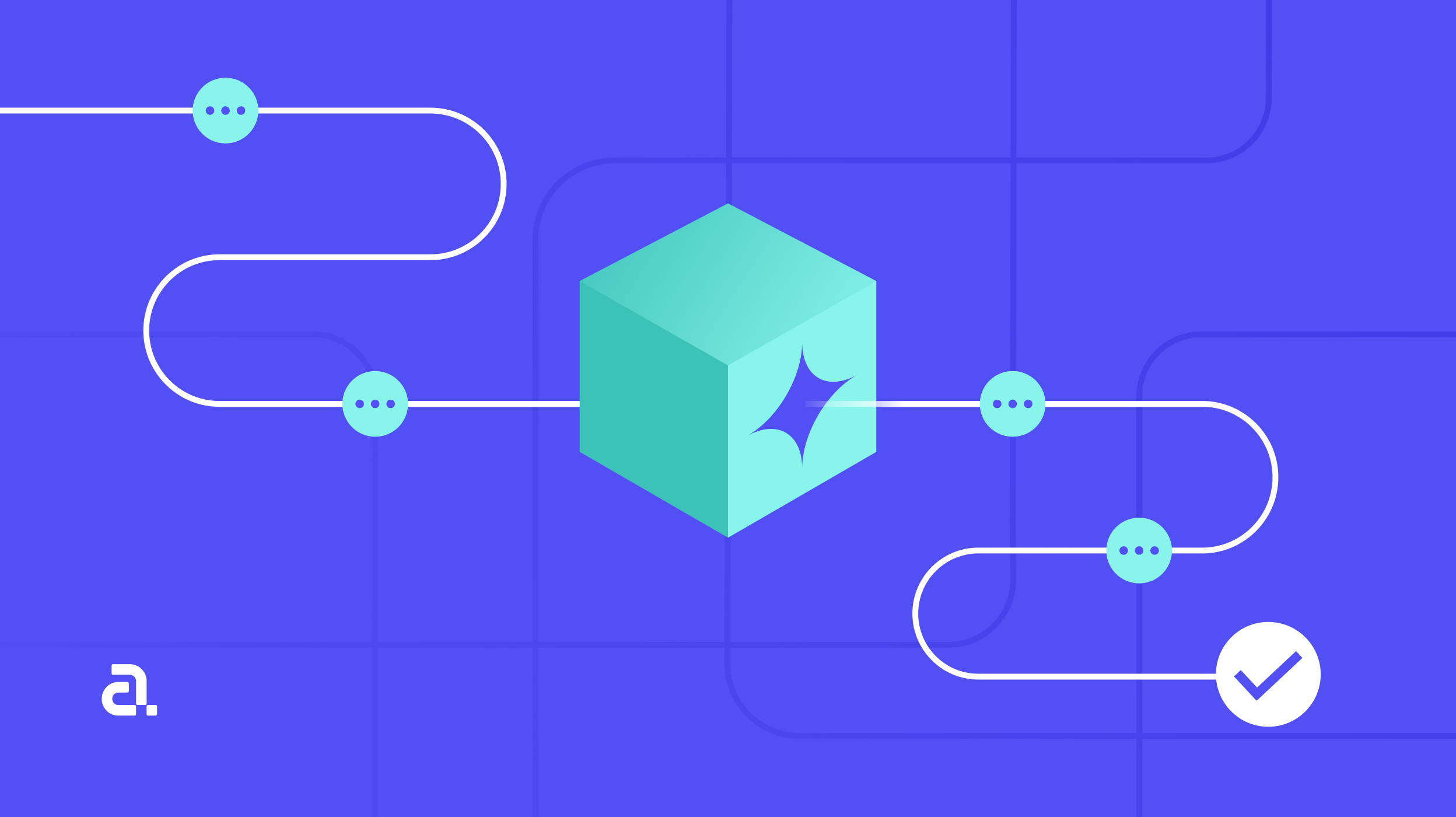The design industry is experiencing a seismic shift. What was once a relationship built on creative execution and aesthetic polish has evolved into something far more strategic. AI isn't just changing how we design, it's fundamentally redefining the designer's role to a strategic product design partner.
Think of it like the evolution from craftsperson to architect. Where craftspeople execute beautiful individual pieces, architects shape entire ecosystems. Today's AI-empowered designers are becoming the architects of digital experiences, wielding tools that allow them to think systemically, validate rapidly, and influence business outcomes at unprecedented speed.

The strategic advantage of AI-driven Design
Speed
Startups that once took months to validate product-market fit are now achieving it in just weeks, and established companies that needed entire quarters to iterate are now rolling out meaningful improvements within days. This acceleration isn’t just about moving faster, bur smarter. AI has streamlined the traditional design-to-market timeline, removing friction between hypothesis and validation.
The key is better collaboration between design and development much earlier in the process. What once involved lengthy debates in conference rooms now happens in real time: teams can quickly test, measure, and iterate with actual user feedback, accelerating decision-making and shortening development cycles.
Rapid AI-driven validation and scaling in product design
Rapid validation is a crucial advantage in today’s fast-paced product development cycle. AI enables teams to test multiple variations quickly, providing real-time feedback and insights that drive faster iteration. This ability to validate hypotheses quickly shortens the path to product-market fit and helps teams scale more efficiently.
For example, a startup used AI to generate and test 50 different variations of their landing page’s value proposition in a single day. By simultaneously analyzing user behavior patterns, engagement metrics, and conversion funnels, they identified their optimal messaging within 72 hours. This would typically take months of manual A/B testing. As a result, their conversion rate increased by 35% in just the first week, enabling them to refine their product-market fit faster and make data-driven decisions at scale.
Competitive intelligence
AI allows teams to make more informed, data-driven product decisions by validating market alignment in real-time. By leveraging AI to track user behavior and market trends, teams can quickly identify which features or messages are resonating with users and adjust accordingly.
This market validation reduces the need for costly pivots. Instead of discarding months of work when something isn’t working, AI identifies which elements need tweaking and which are successful. This focused approach ensures that teams can adapt without starting from scratch.
Ultimately, AI enhances competitive intelligence by providing precise insights that help teams act quickly. With real-time data, product leaders can make better decisions faster, improving their chances of success and more effectively meeting market demand.
AI-powered product design revolution
AI is revolutionizing product design by enabling rapid iteration, real-time feedback, and more strategic decision-making. Designers no longer just create static visuals, they collaborate early with product managers and engineers to define product direction, test ideas, and refine user experiences.
AI tools are helping teams quickly validate hypotheses, simulate user behavior, and iterate without waiting for development cycles. This shift speeds up product development and ensures designs are aligned with user needs and business goals from the start.
From interface designers to strategic product thinkers

One of the most exciting benefits of incorporating AI into the design process is that it frees designers to focus on higher-level strategic problems. With AI handling repetitive tasks like generating options, auditing components, or checking for consistency, designers can dedicate more time to tackling complex product challenges, defining problems, and refining solutions.
Designers are no longer just responsible for the visual side of products. They’re involved early in product strategy, helping define the direction through hypothesis testing, problem framing, and identifying possible design paths. Their role now extends beyond UI execution to shaping the product's overall vision alongside PMs and engineers.
AI tools allow them to work upstream, influencing decisions before coding even starts, which helps companies reduce risk and find opportunities faster, ultimately speeding up product-market fit through validated experimentation.
Scaling design operations with AI systems
AI allows designers to move beyond just designing individual screens to codifying decision logic. By embedding design principles directly into the system (like reducing cognitive load or standardizing interactions), designers create scalable, reusable design patterns that preserve UX quality across larger teams and multiple product versions.
This systematization ensures that design standards remain consistent, reducing the chances of "experience drift" and making it easier to scale teams without losing coherence.
Building AI-native design workflows for speed
With AI-integrated workflows, designers can automate tasks like research synthesis, component audits, and micro-copy generation, which removes bottlenecks and increases team autonomy.
This leads to faster iterations, from idea to prototype to test, allowing teams to experiment, validate, and refine ideas quickly without depending heavily on operational processes. This workflow transformation accelerates the overall product development speed, creating a compounding advantage where the design process becomes a faster, more agile part of the cycle.
Real-time feedback and continuous validation with AI
In traditional product development, the design phase was followed by building, launching, and gathering feedback. With AI, validation happens earlier. Designers can simulate user flows, run micro-tests, and model edge cases as part of their design process.
AI tools allow them to predict user behavior and potential risks, helping to validate design choices before significant engineering resources are invested. This approach not only reduces the risk of costly post-launch redesigns but also enables teams to pivot quickly, making more informed decisions based on data rather than intuition.
Design as infrastructure
As AI becomes more integrated, design is evolving from a purely creative function to a strategic part of the organization’s infrastructure. AI-accelerated design systems act as internal platforms that power various teams and maintain coherence across projects.
This shift to treating design as a critical infrastructure layer helps the company scale quickly and adapt to changing needs without sacrificing quality, leading to growth, retention, and overall organizational speed.
What product leaders should do next
Acknowledge the structural shift in design
AI has transformed the role of product design, making it a strategic part of the product lifecycle. Designers now collaborate earlier in the process, helping to define product direction with AI tools that simulate user behavior, test prototypes, and validate ideas in real-time.
A McKinsey report found that AI-powered design teams can improve product-market fit by up to 50%, enabling faster alignment between design, product, and market needs. Product leaders need to recognize this shift and position design upstream, not just as a post-development process.
Invest in AI-native design workflows
AI isn’t just a tool for automating repetitive tasks; it can also drive innovation in design. By investing in AI-driven design systems, teams can create automated workflows that handle design variations, usability testing, and content generation.
Research from PwC indicates that companies using AI to power design and development processes report a 30% reduction in time-to-market and a 20% improvement in design accuracy. Product leaders should prioritize building AI-native workflows, such as automated validation loops and AI-powered simulations, to streamline iterations and enhance design speed and quality.
Integrate AI across product teams
AI enables designers to work seamlessly with engineers and PMs by providing real-time data and insights that help inform decisions early. Tools that integrate AI with design systems can reduce friction and improve collaboration, leading to faster iterations and better alignment.
Leaders should ensure that design systems are not isolated but deeply integrated into the broader product ecosystem, powered by AI to support cross-functional collaboration and faster decision-making.
Build continuous feedback loops powered by AI
AI allows for continuous testing and validation, removing the bottleneck of waiting for post-launch feedback. By using AI to simulate user interactions and predict behavior, design teams can quickly validate their assumptions before the product is built.
In fact, AI-driven design processes result in a 25% decrease in post-launch redesigns and a 40% increase in user retention for products that have undergone continuous AI validation throughout development. Product leaders should ensure that AI is embedded into their design process, enabling rapid experimentation and ongoing validation during the entire product lifecycle.
Measure design impact with AI-driven metrics
To truly unlock the potential of AI in product design, teams must align on metrics that track the success of AI-driven initiatives. AI-powered tools can track key performance indicators (KPIs) like conversion rates, user engagement, and product usability in real-time.
Companies that adopt AI-driven metrics to evaluate design impact see an average 15-20% improvement in overall product performance. Product leaders should focus on aligning design, product, and engineering teams around these shared metrics to ensure design decisions are directly linked to business outcomes.
Closing thoughts
The future of product design is inextricably linked to AI. As AI-driven tools and workflows continue to evolve, product teams that embrace this transformation will be better positioned to innovate, scale, and meet the ever-changing demands of the market. AI is not just a tool for automating tasks but a game-changer that empowers designers to think more strategically, collaborate more effectively, and make faster, data-driven decisions.
For product leaders, this shift requires a fundamental rethinking of design’s role in the product lifecycle. Embracing AI means integrating design systems with engineering and product workflows, building continuous feedback in design loops, and leveraging real-time insights to validate ideas early. The key is to not only adopt AI tools but also to create an AI-native culture where experimentation, learning, and iteration are the norms.
By taking a proactive approach to AI in design, product leaders can unlock faster time-to-market, improved user experiences, and more resilient products, ultimately driving better business outcomes and a stronger competitive edge in the market. The era of AI-driven design is here, and those who adapt now will shape the products of tomorrow.
Looking to scale your product design operations with AI-native workflows? Contact us to explore how we can help you lead the AI design transformation.







.webp)

.webp)